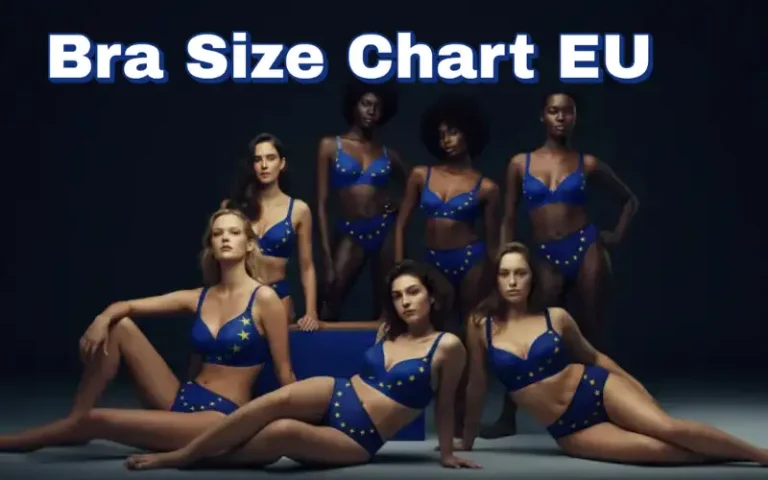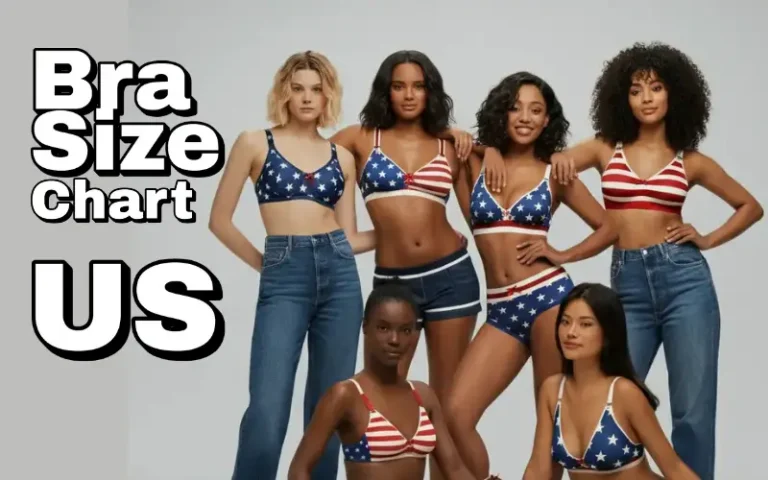36C Breast Size
Is 36C Breast Size “Good”? A Concise Guide to Fit, Comfort, and self-confidence

Several genius if their breast size is “excellent” or “ideal.” This article addresses that question, emphasizing that a “good” breast size is subjective, focusing on individual comfort, proper support, and personal satisfaction rather than an arbitrary ideal. A 36C bra dimension is extensively thought about one of the most typical and ordinary sizes among ladies, yet social pressures can still bring about frustration. This guide intends to provide clarity and promote self acceptance.
What Does a 36C Breast Size Mean?
The “36” in 36C refers to the band dimension (around the torso below the busts), which offers a lot of the bra’s assistance. The “C” indicates the cup quantity, generally a 3-inch difference between the bust and band measurements. It’s important to keep in mind that cup dimension is linked to band size, a 36C has a different quantity than a 34C or 38C. This results in “sister sizes,” where different band/cup combinations (e.g., 34D, 38B) can offer the same cup quantity as a 36C, providing versatility for a far better fit.
Is 36C an “Average” or Common Breast Size?
Yes, 36C is widely taken into consideration as an average and common bust size internationally. The meaning of “average” has been rising over the decades because of factors like rising BMI, increased lingerie size arrays, and breast enhancement popularity. While average sizes vary by region (e.g., the United States and the UK balance a C cup), the principle of “typical” is dynamic, providing confidence that there’s no single suitable size.
The Art of the Perfect Fit Comfort and Support
A correct bra fit is essential for convenience, self-confidence, and wellness, reducing strain on the shoulders and back, boosting position, and preventing sagging. Key signs of a well-fitting bra consist of:
- Band: Snug, parallel to the floor, providing most support.
- Cups: Fully circle breast tissue without spillage or gapping.
- Gore: Lays flat against the sternum.
- Underwire: Sits level versus the chest, enclosing all bust cells.
- Bands: Flexible, remain in the area without digging in (they provide marginal support).
Troubleshooting Common Bra Fit Issues for 36C Wearers
Despite a 36C, healthy issues can occur, usually because of inaccurate sizing or shape mismatch.
- Band Riding Up: The Band is too loose. Service: Tighter band, go down a band size (e.g., 34D), or make use of tighter hooks.
- Cup Spilling: Cups are also tiny. Service: rise cup dimension (e.g., 36D) or try complete insurance coverage.
- Gapping Cups: Cups are too big or have a shape inequality. Solution: Smaller-sized cup dimension (e.g., 36B) or push-up design.
- Straps Excavating In: The Band isn’t giving adequate assistance. Option: Make certain a snug band; bands are not primary support.
- Underwire Poking/Digging: Inaccurate cup dimension or wire width. Solution: Ensure the underwire lays level against the chest.
Trying out various designs and brand names is advised, as sizing can vary
Styling Your 36C Breast Style Tips
A 36C breast is usually called well-proportioned and skillful for styling. Strategic styling concentrates on celebration and balance:
- Flattering Necklines: V-necks and scoop necks elongate the appearance.
- Structured Tops: Define the waist and produce a proportional shape.
- Bra Styles: T-shirt bras for seamless looks, balconette for lift, push-up for volume. Strapless bras are additionally feasible as the band provides the most support.
- Fabrics: Go with soft, elastic materials that contour naturally.
- Beyond Appearances: Health and Health Elements of 36C
Physical comfort and health, and wellness are vital. Uncomfortable bras, despite size, can create pain, back discomfort, and also decrease physical activity. Positive breast health practices are essential for all sizes:
- Know Your Breasts: Execute month to month self-examinations.
- Regular Testing: Set up yearly scientific examinations and mammograms as advised.
- Preserve a Healthy Weight: Busts are mainly fatty tissue, so weight changes impact dimension. A healthy and balanced weight is important for overall wellness and cancer avoidance.
- Well Balanced Diet Plan & Hydration: Eat fruits, veggies, omega-3s; restriction fine-tuned sugars/fats: remain hydrated.
- Restriction Alcohol & Workout Consistently: Both decrease cancer risk.
- Take Into Consideration Supplements & Avoid Harmful Chemicals: Vitamin D and probiotics are beneficial: check individual care product tags.
Real-Life Perspective on Owning a 36C
Elegance ideals are subjective and affected by society and the media. In spite of 36C being a typical dimension, an international research study discovered that 71% of women are miserable with their breast size, usually as a result of impractical suitabilities. This discontentment is connected to poorer psychological well-being and less regular breast self-examination, highlighting a public health concern. Surprisingly, ladies with C-cup busts report the highest total satisfaction (39%) compared to various other cup dimensions, usually regarding their size as “ideal.” Welcoming variety and self-acceptance is key to cultivating a positive body picture.
Disproving Usual Myths Concerning Breast Size
False impressions add to frustration. Right here are a couple of common myths exposed:
Misconception: Busts Stay the Exact Same Size Throughout Life. Fact: False. Hormone changes, pregnancy, menopause, and weight modifications cause fluctuations.
Myth: Breasts Are Perfectly Symmetrical. Truth: False. Small asymmetry is normal; breasts are “sis, not twins.”
Myth: Breastfeeding Creates Drooping. Fact: Partially real, yet mostly false. Drooping is mostly because of aging, gravity, genes, and pregnancy-related tissue extending, not breastfeeding itself.
Myth: Exercise Can Make Your Breasts Bigger. Reality: False. Workout strengthens pectoral muscle mass; however, bust tissue (mostly fat) won’t expand; it may even shrink with general fat loss.
Finding Your Suitable Bra A Practical Guide for 36C
- Measuring in your home: Step band (below breasts) and bust (max component). Deduct band from bust to find cup size (approx. 3 inches for a C cup).
- Expert Support: Very recommended for exact fit and body adjustments.
- Selecting Styles: Search for modest assistance features like lightly padded cups, helpful underwire, and a tight band. T-shirt, balconette, and push-up bras are preferred options. Focus on convenience, quality, and breathable fabrics.
Conclusion
The “benefits” of a 36C bust dimension are subjective, defined by specific convenience, proper support, and personal contentment. Understanding bra sizing, focusing on a proper fit, practicing positive breast health and wellness, and accepting body positivity are important actions. Take time to measure yourself correctly, invest in quality bras, and, most importantly, celebrate your unique shape. Remember, what’s good is what works for you.







